Nearly seven out of 10 (69 percent) of recruiters expect competition to increase in 2015.
The demand for highly skilled workers is on the rise, with no indication of plateauing anytime soon. With the fiercely competitive nature of talent acquisition, what can organizations do to make sure their recruiting and organizational talent management functions are up to speed?
Jobvite’s 2014 Social Recruiting Survey highlights trends, tools, and practices that are making a splash in recruiting effectiveness right now. The annual survey was completed by 1,855 recruiting and human resources professionals across most industries.
It takes multiple platforms
To succeed in this hyper competitive market, Jobvite found that recruiters plan to invest more in social recruiting (73 percent), referrals (63 percent), and mobile (51 percent).
Jobvite’s key message however, may be that recruiters won’t find just one platform that overwhelmingly wins the quest to engage with candidates. Rather, successful recruiting efforts will involve showcasing the employer brand and engaging with candidates across multiple platforms.
We’ve said it again and again at Great Place to Work, and Jobvite says it too: culture matters. When recruiters were asked what steps they take to compete against other employers, the No. 1 response was that they highlight company culture, followed by better benefits, and flexible hours.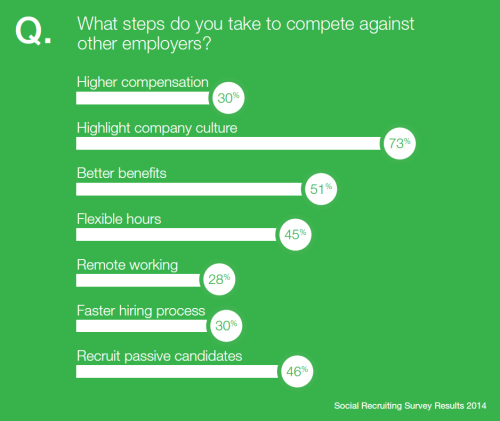
More hiring through social media
Recruiters stated that they would increase their investment in a number of recruiting platforms in 2014, with the biggest investment in in social recruiting (73 percent). This will continue be an important area of focus as organizations in 2015.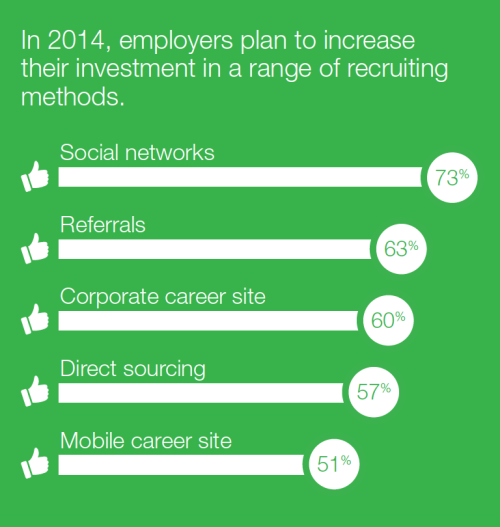
For example:
- Some 73 percent of recruiters report that they have hired a candidate through social media.
- 79 percent say they have hired through LinkedIn;
- 26 percent through Facebook,;
- 14 percent through Twitter; and,
- 7 percent through a candidate blog.
- It’s also absolutely true that employers will review candidate’s social profiles before making a hiring decision, with 93 percent of recruiters surveyed doing so.
- Candidates’ social profiles carry weight, and unfortunately, it appears more negative than positive.
- A little more than half (55 percent) of recruiters state that they have reconsidered a candidate based on their social profile (up 13 percent from 2013), however, 61 percent of those reconsiderations have been negative.
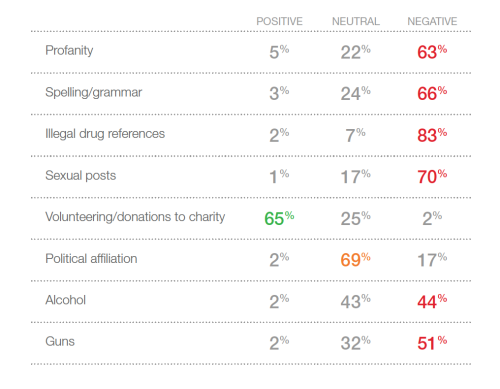 It doesn’t cost that much, either
It doesn’t cost that much, either
Social recruiting delivers results, so if your organization hasn’t seriously invested in this as a method for finding talent, it should be considered.
Recruiters surveyed stated that since implementing social recruiting, the quality of candidates has improved (44 percent), time to hire is better (34 percent), and they are getting more employee referrals (30 percent).
Still, despite the success of social recruiting, only 18 percent of recruiters consider themselves to be experts at social recruiting.
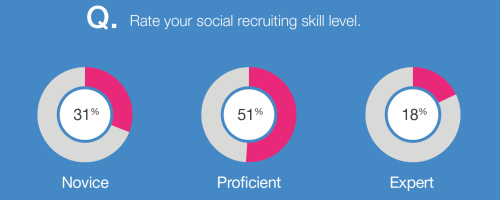
Investing in social recruiting doesn’t necessarily mean investing large sums of money either; 33 percent of recruiters surveyed stated that they don’t spend anything on social recruiting, and 41 percent said that they spend between just $1-$999.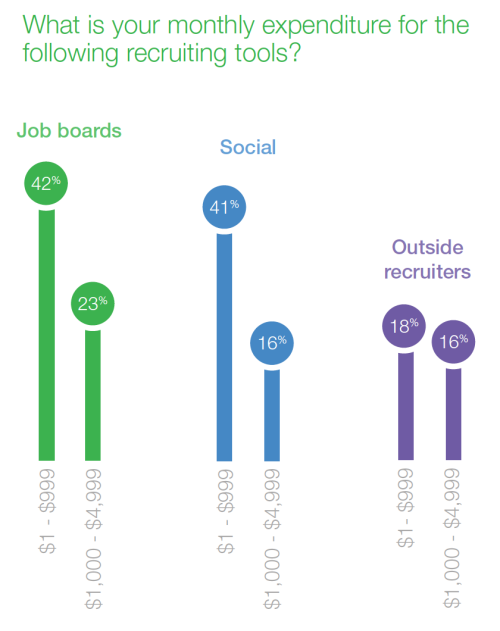
The benefits of investing in mobile
Jobvite also notes that recruiting is “going mobile” as much as every other business-to-consumer is, and half (51 percent) of recruiters stated that they plan to increase their investment in mobile recruiting in 2015. They report using mobile across all aspects of recruiting, from posting jobs, searching for candidates, and contacting candidates, to forwarding candidate resumes to colleagues.
Job seekers are heavily mobile too, but there is a disconnect between their mobile usage and recruiters. While 43 percent of job seekers use mobile in their job search, 59 percent of recruiters report that they invest nothing in mobile career sites.
Those that are investing in mobile though, are seeing the benefits. Investing in mobile improves time to hire (14 percent), improves quality of candidate (13 percent), improves quantity of hires (19 percent), and improves quality/quantity of referrals (10 percent).
So, the lessons to be learned here for talent acquisition professionals are pretty simple: social, mobile recruiting provides higher quality candidates, reduces time to hire and increases employee referrals.
Bottom line? It’s all about the mobile.
This originally appeared on China Gorman’s blog at ChinaGorman.com.
